Minimalism and its Role in Modern Art Practices
Chosen theme: Minimalism and its Role in Modern Art Practices. Step into a quiet room where light, line, and intention do the talking. This is a space for clarity, courage, and creative restraint—subscribe and join our thoughtful community of makers and viewers.
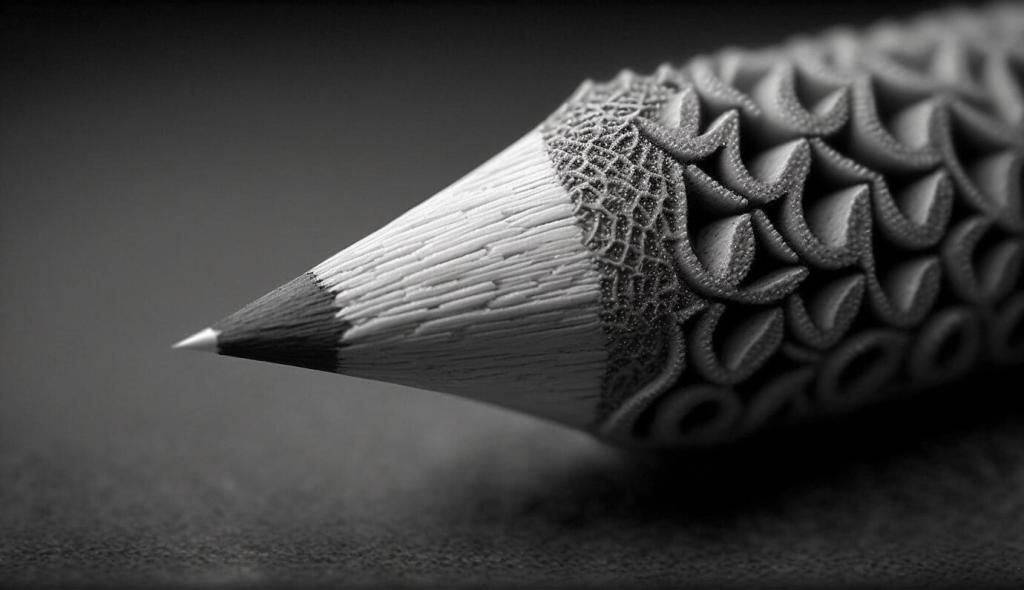
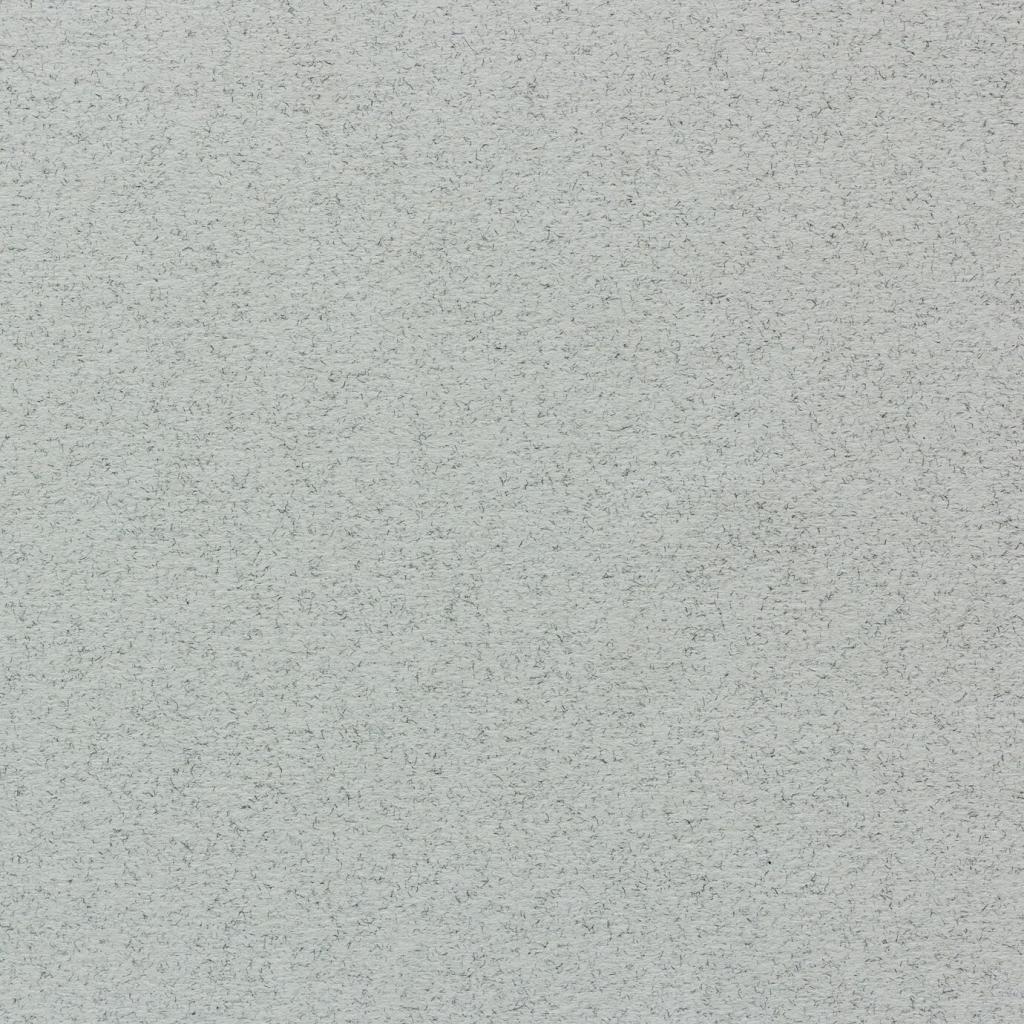

Lines That Breathe: Agnes Martin
Agnes Martin’s hand-drawn grids hum with discipline and tenderness. Their barely-there lines teach patience, reminding today’s artists that consistency and touch can coexist inside the most pared-down structures.
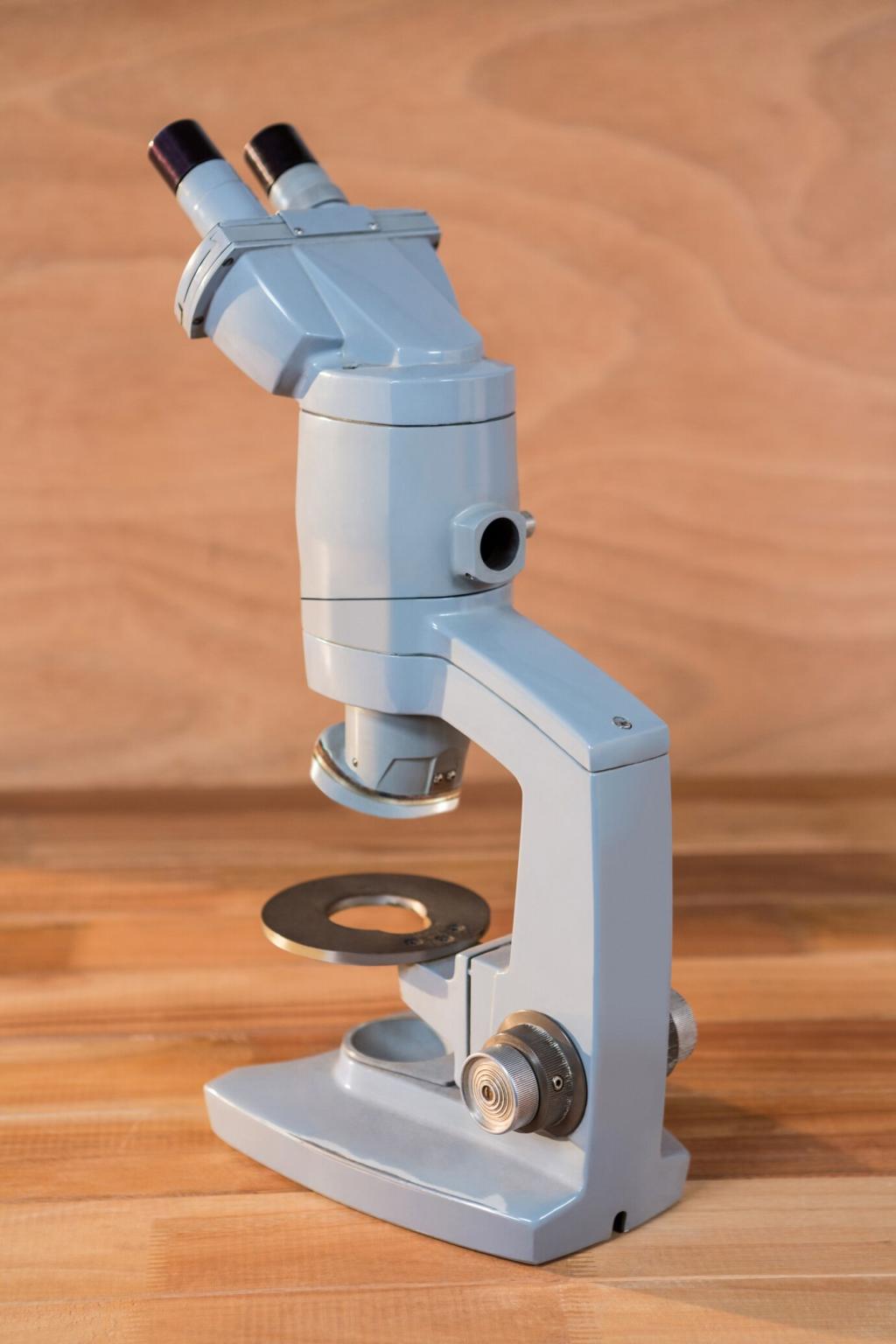
Judd’s Boxes and Honest Materials
Donald Judd favored industrial fabrication not to erase humanity, but to foreground form and material truth. Aluminum, plexiglass, and repetition became arguments for clarity that still shape installation strategies.

From Gallery Minimalism to Urban Interventions
Minimalist logic moved from white cubes into public spaces and temporary interventions. Simple gestures—painted lines, light corridors, measured sound—now guide bodies and attention beyond the traditional walls of art.
Minimalism Across Mediums: Light, Sound, and Code
Light as Architecture
Stripped to basics, light becomes structure. A single hue in a dim room reorients balance and breath. Audiences step into illumination as if stepping into sculpture, discovering edges they had overlooked.
Silence, Repetition, and Sonic Patience
Minimalist sound art embraces repetition, long tones, and strategically placed silence. Listeners attune to micro-shifts, realizing how small changes feel monumental when allowed enough time and space.
Interfaces with Intention
Minimalist digital design removes decorative noise to elevate function. Generative systems with a few elegant rules can yield spacious, contemplative visuals that feel as tactile and grounded as steel or silk.
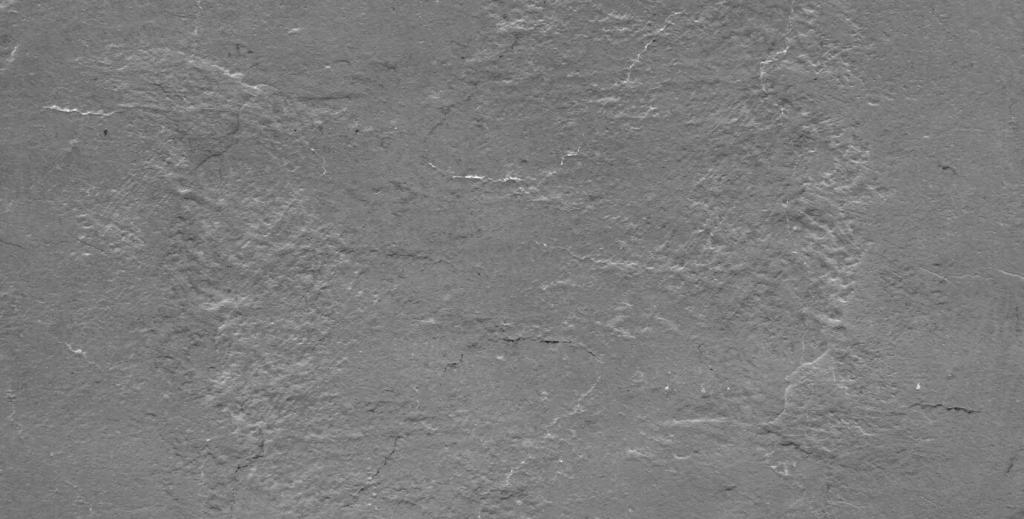
Whitespace as a Curatorial Tool
Leave generous gaps between works so each piece casts its own acoustic shadow. Sightlines matter; a single diagonal view can unify an exhibition without adding a single extra object or graphic.
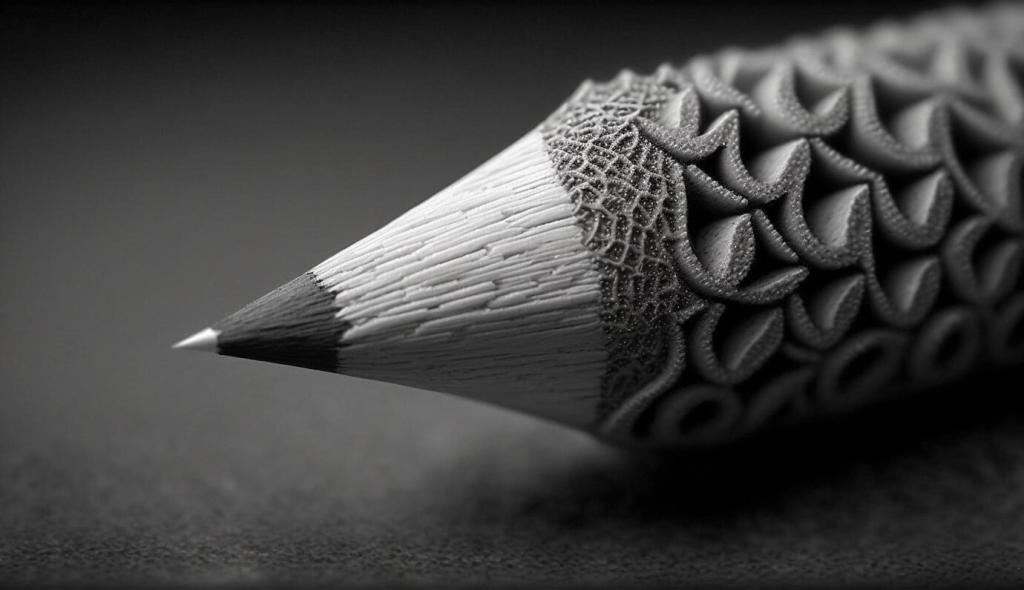
Texts that Respect Silence
Wall labels should guide, not crowd. Offer crisp context and one illuminating question. Invite viewers to make discoveries rather than preloading all answers before they have even looked.
Practice Toolbox: Exercises in Restraint
Choose three elements only—one material, one process, one constraint. Make five iterations without breaking the rule. Notice how variation emerges naturally when boundaries are firm and thoughtful.
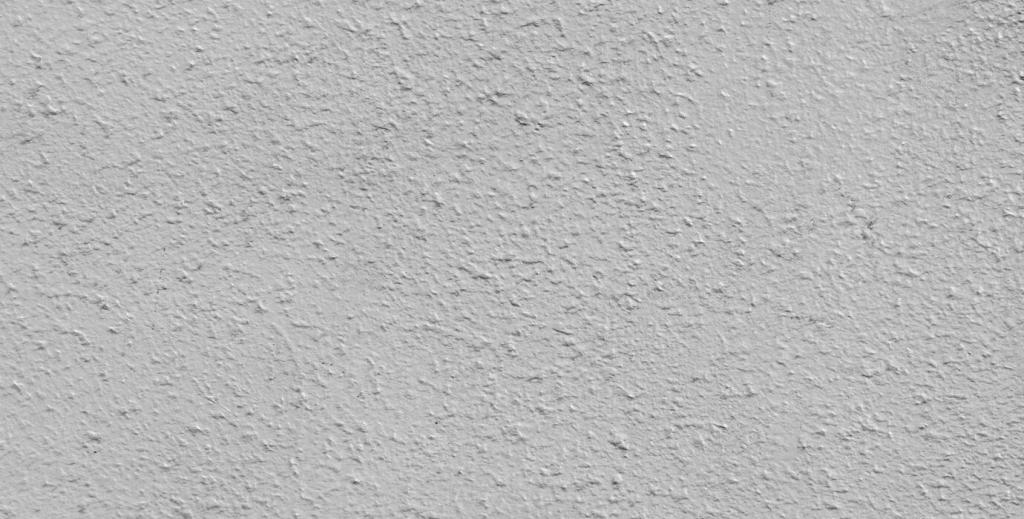

Practice Toolbox: Exercises in Restraint
Select a material and highlight its innate qualities rather than disguising them. Let wood show grain, let metal show seams. The material’s voice becomes the content, not a disguised carrier.
Meaning in the Minimal: Beyond the Myth of Emptiness
A reduced surface invites concentrated attention, much like a clear stage lets one actor transform a room. Feeling arises from distilled choices, not decorative volume or noisy excess.
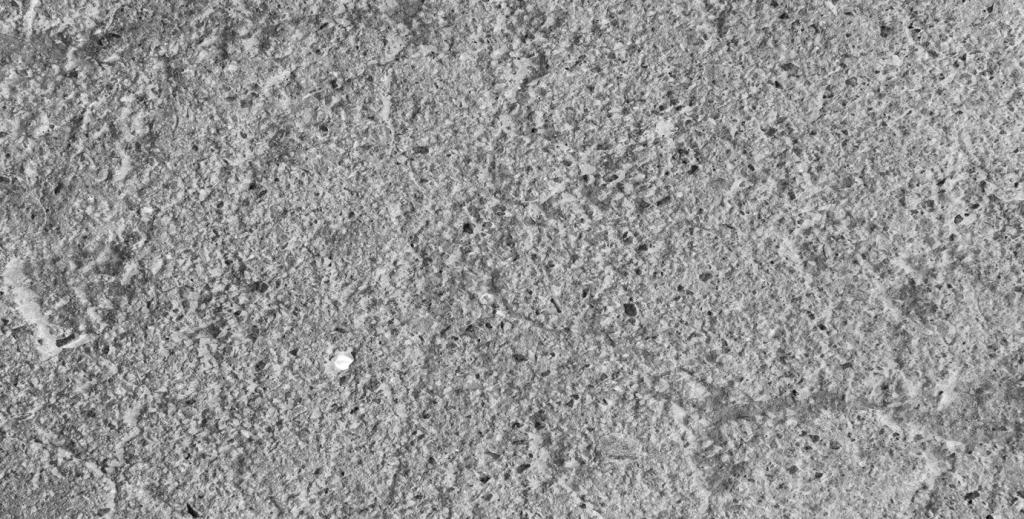

Meaning in the Minimal: Beyond the Myth of Emptiness
When complexity hides behind jargon, clarity can be radical. Minimalist gestures open doors by simplifying entry points, inviting first-time viewers to trust their senses and form personal readings.
